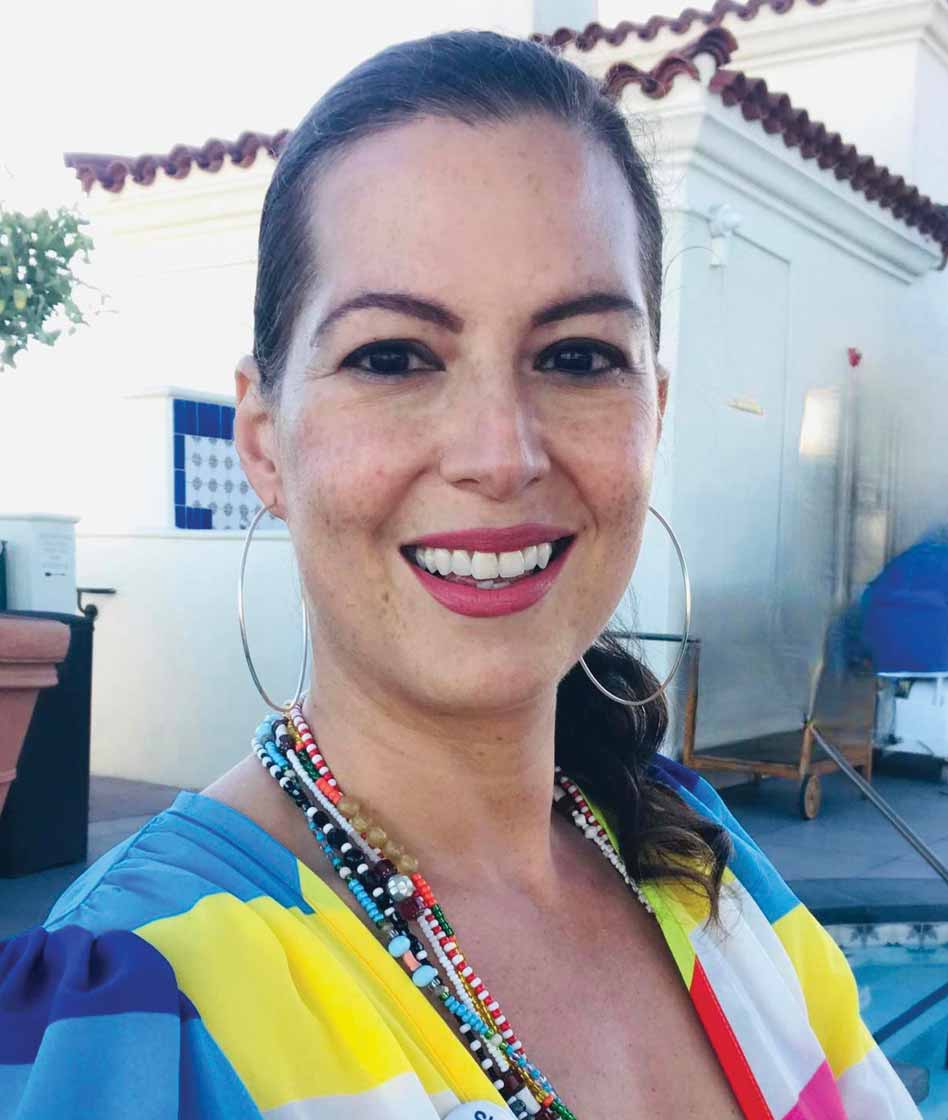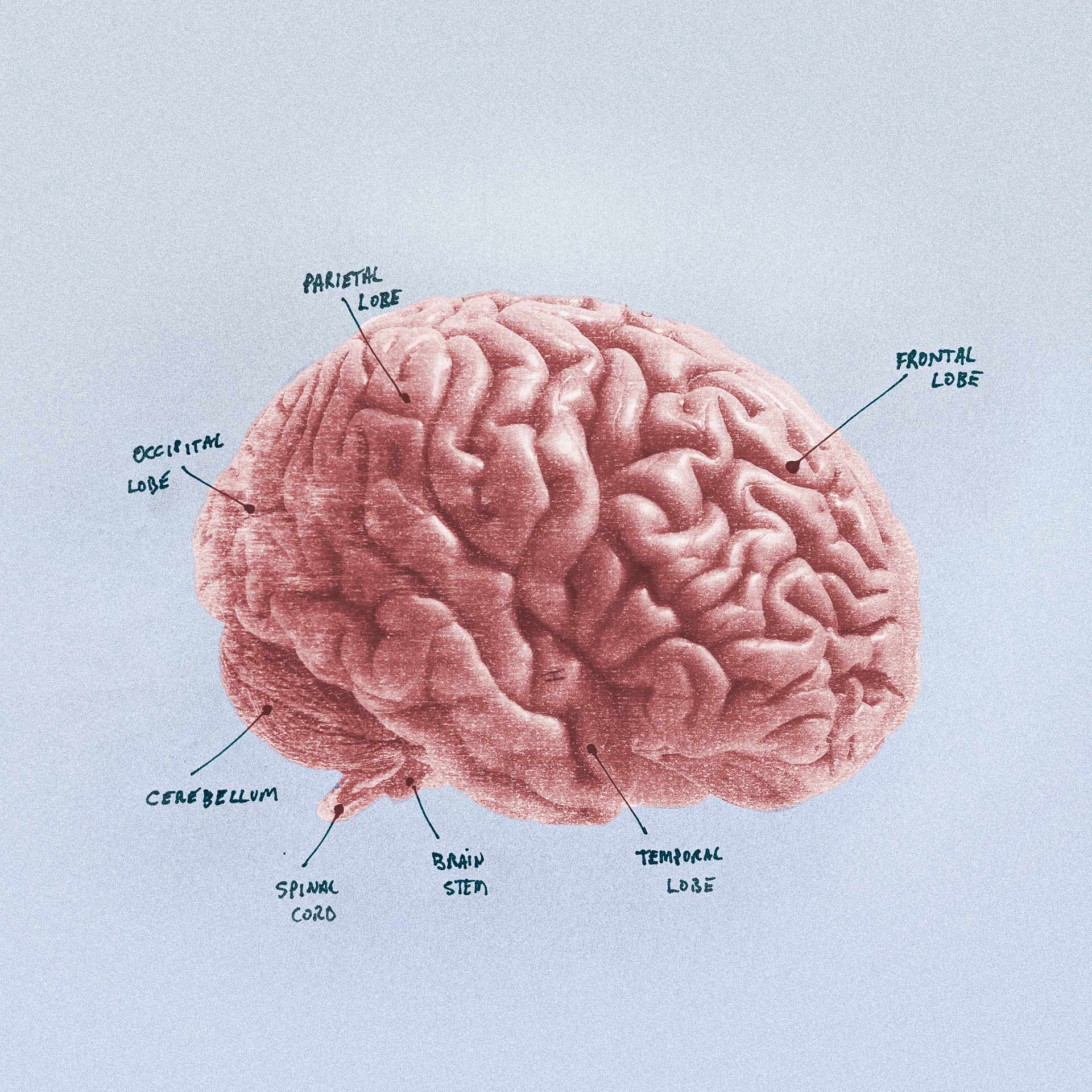When you take a class that you love in college, and then you become a professor, you know the feeling you want your students to have in your class: a whirlwind of interest, intellect, risk and reward.
An associate professor of religious studies, Elizabeth Pérez wanted to give her students a classic survey course like the ones she loved as a college student, but instead of telling students what religion is, she wanted students to be asking, “What is religion?” And she wanted them to be asking: “Who? Who is allowed to participate in and shape a religion’s practices?” Specifically, Pérez wanted to center LGBT people as the throughline of their investigation, since it is little known that there are roles traditionally held by LGBT people, such as healers and trance mediums, in many different religions around the globe.
In her class, LGBT Religious History: Queering the Spirit, students look at different world religions and Indigenous traditions, sometimes through the lens of pop culture. While examining texts from queer studies and religious history, students also engage with cultural icons and artists — from The Sisters of Perpetual Indulgence to Lil Nas X. For its innovation, the course was awarded the second annual Educational Resource Prize from the LGBTQ Religious Archives Network.
“I’m interested in students developing media literacy,” Pérez says, “equipping them with the analytical tools they need to understand how movies, music and social media communicate their messages.”
Pérez has long researched traditions in which women held leadership roles, many of which were religions in the Americas with African roots that emerged from the transatlantic slave trade, including Afro-Cuban Lucumí (Santería), Haitian Vodou and Brazilian Candomblé. In her ethnographic fieldwork — including her immersion within a Lucumí house — she further observed that while gay and lesbian practitioners are often welcomed in these traditions, transgender people are not.
“Transgender people still have a hard time in so-called ‘gay-friendly’ religions because of how they challenge the gender binary and reject social scripts that say biology or sex assigned at birth is destiny,” Pérez says. “So trans people have had to re-envision established religious forms.”
The course also connects with Pérez’s current book project, “Faces of Faith, Kindred Spirits: Black & Latinx Transgender Religious Lives,” which received a National Endowment for the Humanities summer stipend in 2021.
“I don’t have an end goal for the course,” she says. “I could see some religious studies scholars saying this is about developing empathy or seeing cultural values, but for me, I am interested in students honing their critical thinking skills. I want to expand their understanding of what religion is and what is possible.”



